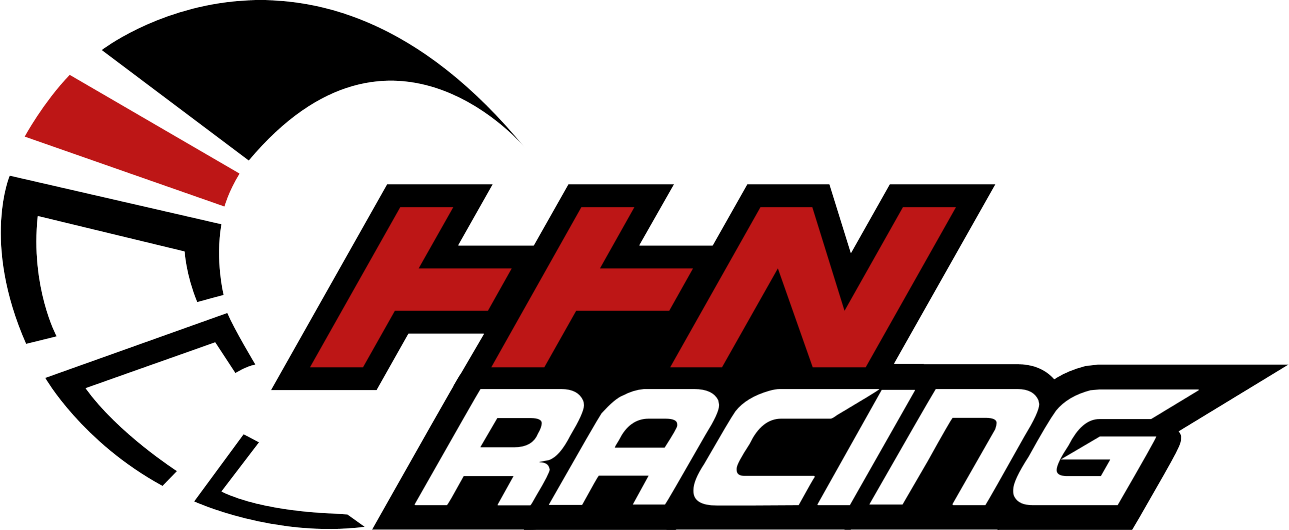
Typically, invoices provide for 30 days of credit, though some larger companies even go as high as 120 days. Longer payment terms lead to higher debt ratios which can be fatal to a company’s finances. Many small to medium sized businesses are using 7 days to help maintain consistent cash flow. Effective billing practices are crucial for construction businesses to maintain positive cash flow and ensure successful project completion.
- However, each contract type — in combination with the company’s chosen accounting method — will affect the business’s finances and accounting system.
- It goes beyond mere preference; it’s about understanding the balance between ensuring timely payments and maintaining the financial health of the project.
- If you are wondering about how to bill your clients for your construction business, then here we will walk you through the 7 best methods for it.
- The completed contract method is only GAAP compliant under certain circumstances.
- First, it’s a great way to record transactions for small businesses that mainly deal with and operate in cash.
Make fixed price contracts and invoices faster with Knowify
When you’ve hit agreed-upon milestones, you’ll send out invoices to cover that work. For example, let’s say you quote a job for $40,000, billed on a percent completion basis with a billing period occurring at the end of each month. At the end of the first month, with say 30% of the project completed, you’ll issue an invoice reflecting 30% of the total, reflecting $12,000.

Type #11: Compliance reporting
- The prevailing wage simply means the standard hourly rate for a worker in a particular locality or state — as determined by the Department of Labor of that state or by local regulatory agencies.
- Sometimes, the cash balance report stems from the profit and loss report from the previous segment.
- Additionally, if and when you need to secure funding, you should bank on investors asking to see your GAAP-based financials.
- Imagine you’re building a home and every expense that goes into the construction process – from materials to labor – is paid for by your client, plus your markup percentage.
- Because accrual accounting lets you recognize revenue and expenses in the same accounting period, it’s one of the best ways for a construction company to understand its true financial position.
- Keep learning and explore our guide on How to Make a Construction Invoice or How to Do a Construction Change Order to ensure you get compensated for every expense.
- Understanding revenue recognition is crucial for businesses to determine when they have officially earned revenue from a contract or project.
For example, when 10% of the project is complete, the client pays 10% of the total contract amount. These milestones should be agreed upon in advance by all parties Construction Billing Methods and written into the construction contract. The final payment should cover the remaining balance of the project once the client has signed off on the work.
- Below are some of the most common billing methods used in the industry.
- For instance, coding all costs correctly according to the project can make the invoicing process much more efficient.
- This ensures the functionality and features included will be tailored to your needs.
- We’ve mentioned GAAP and its importance a few times now, but what exactly is GAAP?
- From here, you can apply markup and submit your proposal with a locked in price for the client.
Type #9: Work-in-progress report

In addition to these basic reports, construction reporting could include other documents to help support your compliance. These can vary to include things like union reports and workers compensation, to contract reporting supporting ASC 606 (the standard used to accurately recognize revenue). Retainage occurs in construction when a portion https://www.bookstime.com/ of a payment is held back – or retained – from a payment until the project is complete. In some cases, especially large-scale home renovation projects, a larger deposit might be required up front. In this case, a contractor might have to recognize that revenue over the course of several months, rather than a lump sum payment in advance.

Yet, some states have a reciprocity relationship (such as the case of Virginia). This means that the worker’s state of residence can issue credit for taxes paid on income that’s earned in a different state. As a result, this creates conditions for contractors not to pay taxes twice. Parties — the customer and contractor — have to agree ahead of time when control transfer happens (over time or at a specific point in time). Now that we have set the stage, let’s dissect revenue in construction accounting.
- Yet, it’s one of the things that construction accountants recommend to improve financial outcomes long-term.
- Importantly, the income sheet’s view of profit must match the change in equity reflected on the balance sheet.
- One potential downside of the accrual method is that businesses can pay income tax on unrealized profit since the accounting system can record revenues that have not yet been received.
- Now you have adopted the concepts regarding the most frequently used revenue recognition methods.
- On the most basic level, billing in any business involves requesting payment for goods or services rendered, as well as tracking and following up on those requests and processing payments.
- The advantage of this billing method is that the contractor can earn a higher profit margin, which can benefit projects with high uncertainty or complexity.
How about an all-in-one Construction Accounting Software
Arrears billing in construction
Send conditional lien waivers with invoices for faster payments

